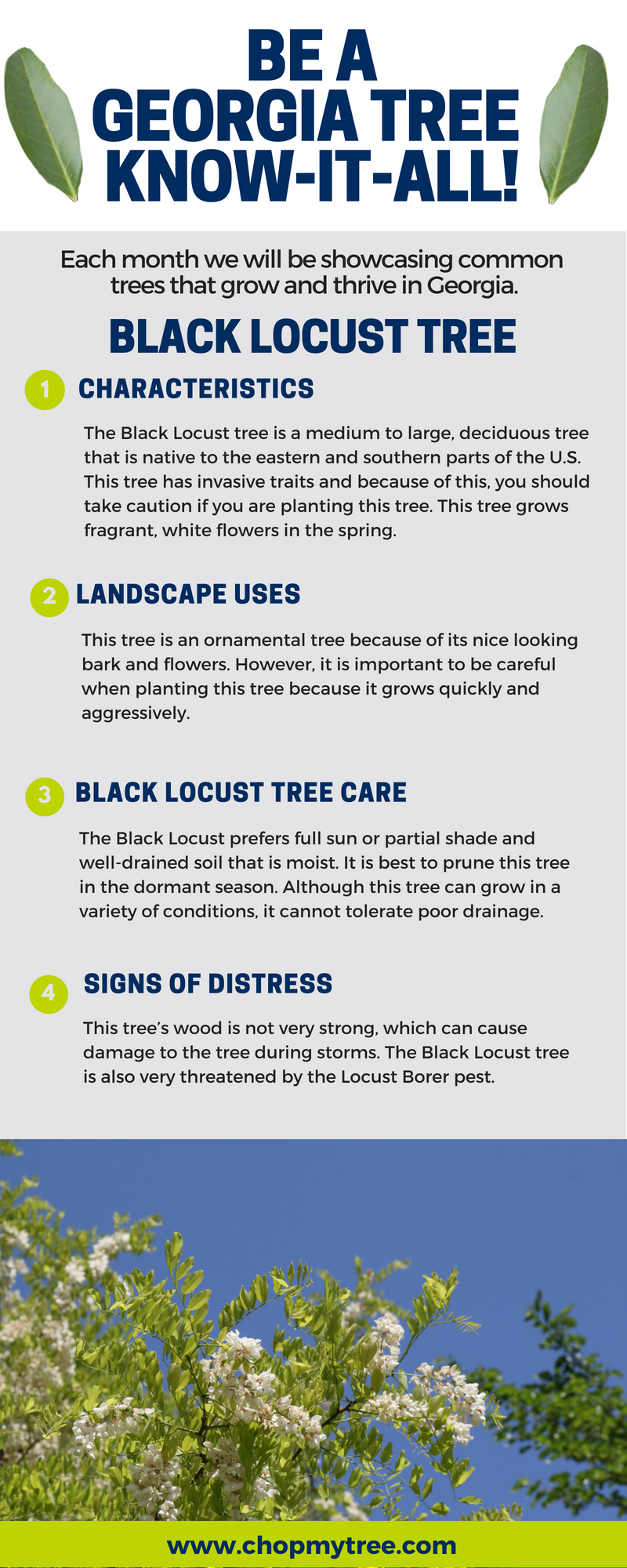Taking Care Of Your Landscape After Tree Removal Is Vital For Its Remediation; Discover Crucial Actions To Revitalize Your Atmosphere And Avoid Future Complications
Taking Care Of Your Landscape After Tree Removal Is Vital For Its Remediation; Discover Crucial Actions To Revitalize Your Atmosphere And Avoid Future Complications
Blog Article
Article By-Tate Massey
After a tree's removal, your landscape may look fairly various, and it's important to assess the results very carefully. You'll want to review the soil disturbance and inspect surrounding plants for any kind of indications of stress. Neglecting these elements can cause larger issues down the line. So, what should you do with those stumps and roots? And how do you select the most effective plants for your revitalized space? Let's check out these essential steps.
Assessing the Aftermath: Assessing Your Landscape
After a tree elimination, it's important to analyze your landscape to comprehend the effect it has on your yard.
Begin by examining the area where the tree stood. Fallen Tree Removal of dirt disruption, and check the surrounding plants for any tension or damage.
You need to also keep in mind of how the elimination has altered sunlight direct exposure and air movement in your garden. This shift can impact the development of nearby plants, so it's important to review their wellness.
Take into consideration the visual aspects too; the elimination could develop an open space that you can upgrade.
Ultimately, consider any possible erosion problems that may occur from the tree's absence. Attending to these elements early will assist recover balance to your landscape.
Managing Stumps and Roots: Choices for Elimination
Once you have actually analyzed the results of the tree elimination, you'll likely need to tackle the stump and roots left behind.
You have a few alternatives for elimination. One effective method is stump grinding, where a professional utilizes a maker to grind the stump down to underground level. This strategy leaves very little disturbance to your landscape.
If you choose a DIY approach, you can utilize a mix of digging and chemical stump removers. Simply keep in mind, this process can take time and initiative.
Conversely, think about leaving the stump as an all-natural feature, which can act as an unique garden aspect or environment for wildlife.
Whatever you pick, attending to the stump and origins is necessary for restoring your landscape.
Picking the Right Plants for Your New Space
As you evaluate your newly gotten rid of room, picking the right plants can considerably enhance your landscape's elegance and performance.
Beginning by thinking about the sunlight and dirt problems. For bright areas, select drought-resistant plants like lavender or succulents. In shaded spots, brushes and hostas flourish well.
Think about the size and growth practices of your plants; mix perennials and annuals for seasonal selection. Do not forget to integrate native species; they call for less upkeep and support regional wildlife.
Group plants in odd numbers for an extra natural appearance and produce layers for aesthetic depth.
Ultimately, ensure you have a mix of shades and textures to maintain your landscape vivid throughout the periods.
Happy planting!
Verdict
In conclusion, restoring your landscape after tree elimination is a satisfying process. By examining https://www.popsugar.com/home/Drought-Landscaping-Ideas-37681276 -effects, resolving stumps and roots, and selecting the right plants, you'll produce a successful environment. Pruning Plum Trees Youtube to integrate disintegration control procedures to protect your dirt. With a little initiative and treatment, you can change your area into a vivid yard that enhances your building. Welcome the chance to revitalize your landscape and take pleasure in the elegance of nature right in your yard!
